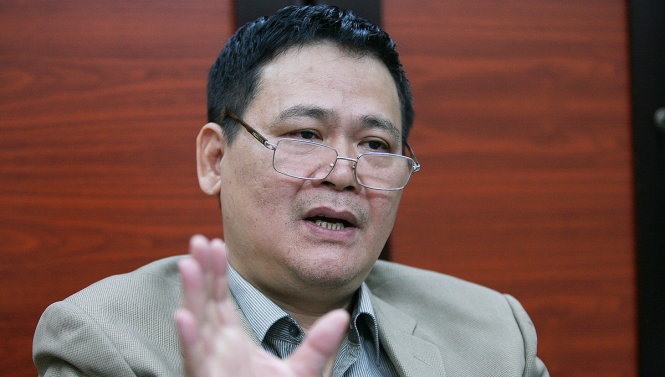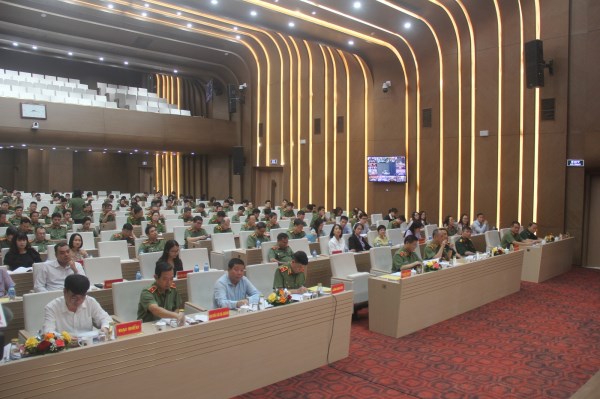 Opinion
Opinion

Dr Trần Kim Chung, deputy director of the Central Institute of Economic Management, speaks to the newspaper Tuổi trẻ (Youth) about advantages of building small flats for low-income residents.
 |
| Dr Trần Kim Chung. — Photo tuoitre.vn |
Dr Trần Kim Chung, deputy director of the Central Institute of Economic Management, speaks to the newspaper Tuổi trẻ (Youth) about advantages of building small flats for low-income residents.
What should the government do to have more affordable houses for low earners?
It is indisputable that the demand for affordable houses among low-income people is very high in our country, particularly in urban areas. But land in urban areas is becoming scarcer, while land in rural areas is still abundant, but with poor infrastructure. Local authorities in both urban and rural areas have complained about difficulties they are facing in building affordable housing.
Over the past 10 years, some one million students come to live in Hà Nội and Hố Chí Minh City every year. In addition, each year tens of thousand of graduates choose to stay to work in the cities and look for accommodations.
In my opinion, we should focus our efforts on looking for land to build inexpensive, commercial housing within a radius of about 10-15 km from the city center. The estimated price of one square meter of housing space in such projects would be between VNĐ 18-25 million/m2 ($800-1.100/m2). If we build flats with an area of 35-50sq.m, I’m pretty sure we can sell them like "hot cakes”.
Do you mean that such prices are suitable for young people?
Yes. Having a flat of their own has become a dream of many young university graduates or young couples. Under the 2005 Housing Law, only houses of more than 40sq.m are called commercial houses. Unintentionally, we have eliminated commercial houses with small areas ranging from 20, 30 and 35sq.m from the commercial housing scheme. But, in fact, flats of 20, 30 and 35sq.m are much sought after.
But management agencies think small commercial flats pose many risks. How do you respond to that thinking?
They many be thinking of “slum houses”. But in my opinion, if our management scheme is good, I don’t think the 20, 30 and 35sq.m flats will become “slum houses”.
The other worry is that building small flats might apply pressure on the transport system and other public infrastructure. I’m confident that with good planning, such problems will not occur.
In order to build one million apartments in the next five years, what must we do right now?
The first thing we have to do is the compile legal documents on such low-cost housing.
The schemes should be attractive to both housing developers and potential buyers.
Of course, from paper to implementation, a lot of things must be done, particularly amendments to the 2005 Law on Housing, improvement of urban infrastructure, and the financial mechanism and credit policy for the construction of one million small flats.
I’m confident that if the Government approves the scheme, we will create a good housing market for many low-income people, particularly young people.
To turn this idea into reality, I think that we can apply the model of Public-Private-Partnership, which has been very successful in England, Germany, East European countries and China. I should say, the model was piloted in Việt Nam in 2012. But until now it has not been formalized. I’m pretty sure if this proposal is approved by the Government and receives support from credit organisations, many people, particularly young people, will have houses of their own.— VNS









